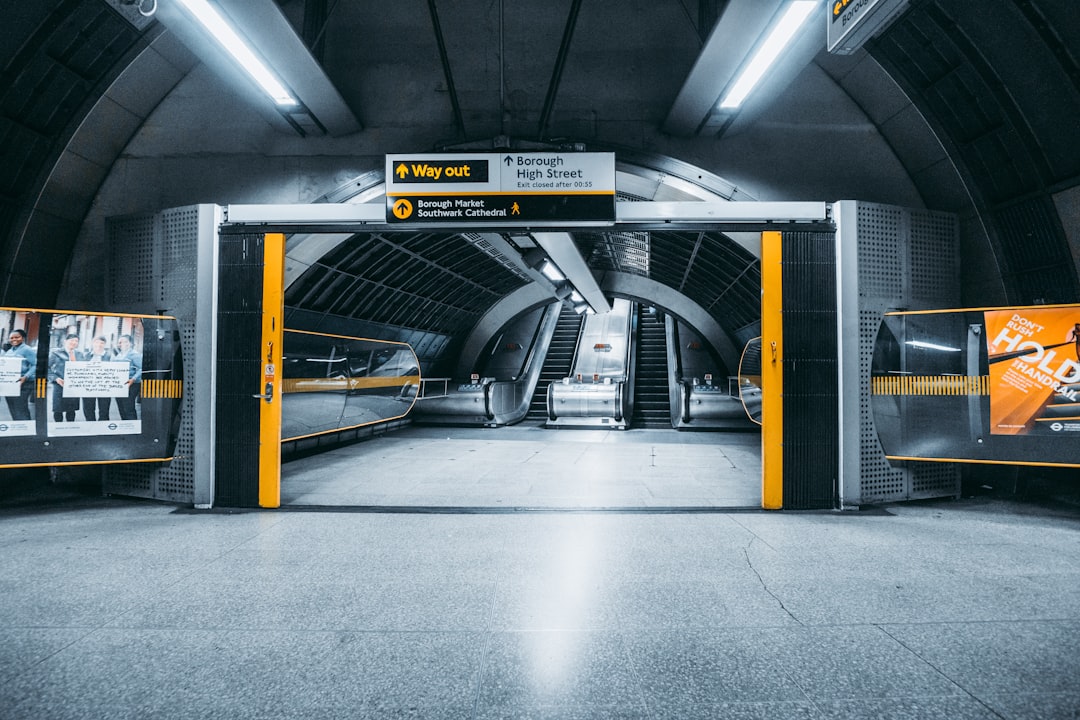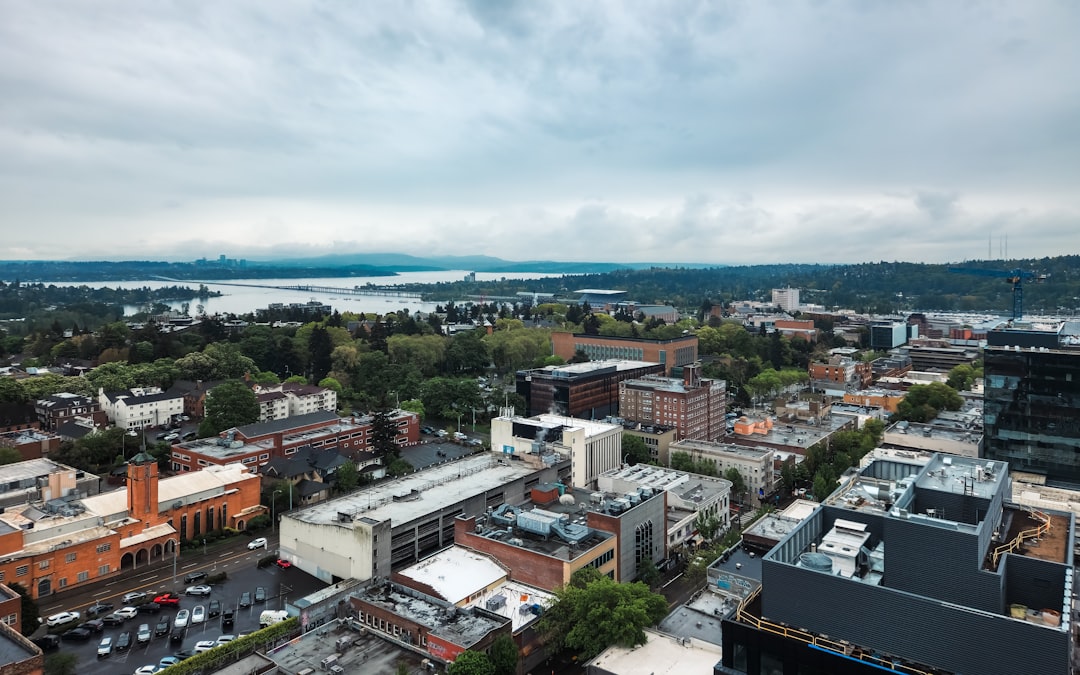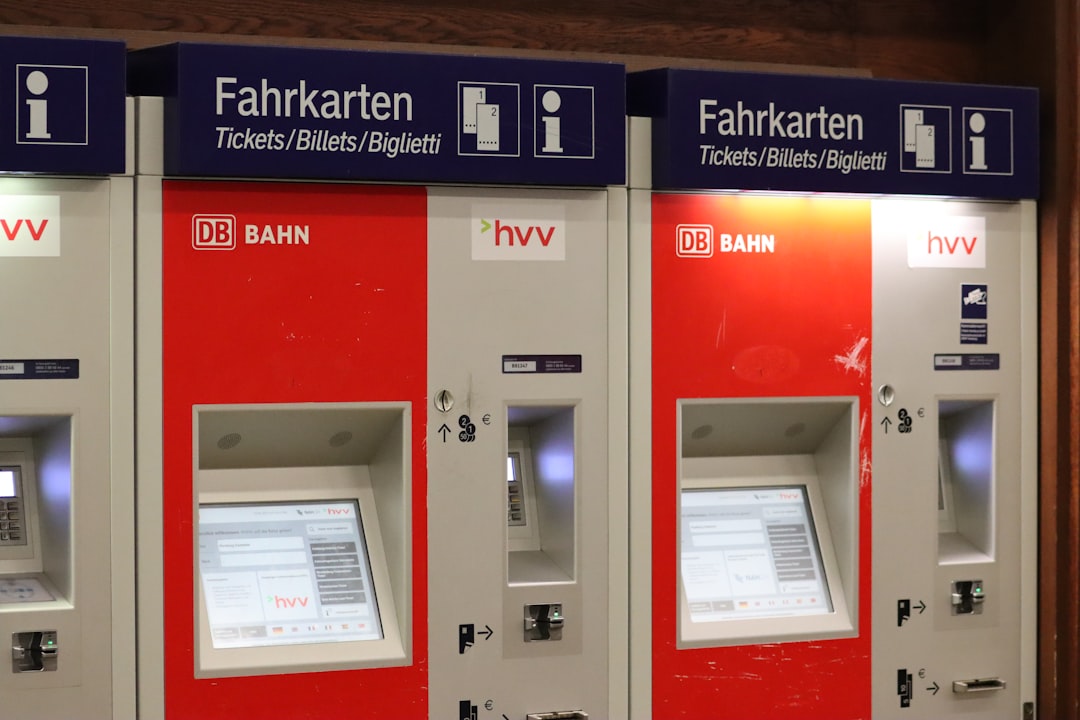As we navigate the complexities of climate change, one of the most pressing issues we face is the need to reduce carbon emissions. By adopting sustainable practices and embracing alternative modes of transportation, we can significantly lower our carbon footprint. For instance, when we choose to walk, bike, or use public transport instead of driving individual cars, we contribute to a substantial decrease in greenhouse gas emissions.
This collective effort not only helps mitigate the effects of global warming but also fosters a sense of responsibility towards our planet. Moreover, the shift towards electric vehicles and renewable energy sources plays a crucial role in reducing carbon emissions. As we invest in cleaner technologies, we can further diminish our reliance on fossil fuels.
The transition to electric public transport systems, such as buses and trains, exemplifies how we can create a more sustainable future. By prioritizing these eco-friendly options, we not only enhance our environment but also inspire others to follow suit, creating a ripple effect that amplifies our impact on reducing carbon emissions.
Key Takeaways
- Reduced carbon emissions lead to a healthier environment and contribute to the fight against climate change.
- Cost-effective commuting options such as public transportation and carpooling can save individuals and communities money.
- Decreased traffic congestion leads to less time spent in traffic and reduced stress for commuters.
- Healthier air quality resulting from reduced emissions leads to improved respiratory health for individuals.
- Social and economic benefits include increased productivity, job creation, and improved quality of life for communities.
Cost-Effective Commuting
Affordable Public Transportation
Public transportation systems, such as buses and trains, offer a viable solution by providing affordable fares that can save us money in the long run. By utilizing these services, we can significantly reduce our commuting expenses while still reaching our destinations in a timely manner.
Carpooling and Ride-Sharing: A Sustainable Option
Additionally, carpooling and ride-sharing services have emerged as popular choices for those looking to cut costs. By sharing rides with others, we not only save on fuel expenses but also contribute to a more sustainable commuting culture.
Towards a Financially Sustainable Future
This collaborative approach allows us to connect with fellow commuters while simultaneously alleviating the financial burden associated with solo driving. As we embrace these cost-effective commuting options, we pave the way for a more financially sustainable future for ourselves and our communities.
Decreased Traffic Congestion

Traffic congestion is a common frustration that many of us experience daily. The sheer volume of vehicles on the road leads to longer commute times and increased stress levels. However, by opting for alternative modes of transportation, we can collectively work towards decreasing traffic congestion in our urban areas.
When we choose to walk, bike, or utilize public transport, we reduce the number of cars on the road, which in turn alleviates congestion and creates a smoother flow of traffic. Furthermore, cities that invest in infrastructure for cycling and walking not only promote healthier lifestyles but also contribute to reduced congestion. By creating dedicated bike lanes and pedestrian-friendly pathways, we encourage more individuals to leave their cars behind.
This shift not only benefits us as commuters but also enhances the overall quality of life in our communities. As traffic congestion decreases, we find ourselves spending less time in transit and more time engaging in activities that enrich our lives.
Healthier Air Quality
| City | PM2.5 Level (µg/m³) | CO Level (ppm) |
|---|---|---|
| New York | 8.2 | 0.3 |
| Los Angeles | 9.5 | 0.4 |
| London | 7.1 | 0.2 |
The air quality in our cities is a growing concern that directly impacts our health and well-being. Poor air quality is linked to various respiratory issues and other health problems that affect countless individuals. By reducing our reliance on fossil fuel-powered vehicles and embracing cleaner transportation options, we can significantly improve the air quality in our communities.
When we choose to walk or bike instead of driving, we contribute to lower emissions of harmful pollutants that degrade the air we breathe. Moreover, the promotion of electric vehicles and public transportation systems further enhances air quality. As more people transition to electric modes of transport, we witness a decrease in harmful emissions that contribute to smog and other air quality issues.
This collective effort not only benefits us individually but also creates a healthier environment for future generations. By prioritizing cleaner air through sustainable transportation choices, we take an important step towards safeguarding our health and the health of our communities.
Social and Economic Benefits
The shift towards sustainable transportation options brings with it a myriad of social and economic benefits that extend beyond individual choices. When we embrace public transportation or carpooling, we foster a sense of community among commuters. Shared experiences during our daily commutes can lead to new friendships and connections that enrich our lives.
This social interaction is vital for building stronger communities where individuals feel connected and supported. Economically, investing in public transportation infrastructure creates jobs and stimulates local economies. As cities expand their transit systems, they not only provide employment opportunities but also attract businesses that thrive on accessibility.
When we prioritize sustainable commuting options, we contribute to a vibrant local economy that benefits everyone. The interconnectedness of social and economic advantages highlights the importance of making conscious choices about how we travel.
Accessibility and Convenience

Accessibility is a crucial aspect of any transportation system, ensuring that all individuals can navigate their communities with ease. By investing in public transportation and alternative commuting options, we enhance accessibility for everyone, including those who may not have access to personal vehicles. This inclusivity allows us to create a society where mobility is not limited by socioeconomic status or physical ability.
Convenience is another significant factor that influences our commuting choices. Modern public transportation systems are designed with user-friendly features that make travel easier for all. With real-time tracking apps and integrated payment systems, we can plan our journeys more efficiently than ever before.
As we embrace these advancements in accessibility and convenience, we empower ourselves and others to make informed decisions about how we travel.
Reduced Energy Consumption
Energy consumption is a critical issue that affects both our environment and our wallets. By choosing sustainable transportation options, we can significantly reduce our energy consumption on a personal level while contributing to broader environmental goals. Public transportation systems are often more energy-efficient than individual cars, allowing us to travel further while using less energy overall.
Additionally, as we shift towards electric vehicles and renewable energy sources for public transport, we further decrease our reliance on non-renewable resources. This transition not only conserves energy but also promotes a more sustainable future for generations to come. By collectively embracing energy-efficient commuting practices, we take meaningful steps towards reducing our overall energy consumption and fostering a healthier planet.
Community Building and Social Interaction
At its core, transportation is about connecting people and places. When we choose alternative modes of commuting, such as public transport or biking, we open ourselves up to new social interactions and community-building opportunities. Shared spaces like buses or trains become melting pots of diverse individuals who may not otherwise cross paths in their daily lives.
These interactions foster a sense of belonging and community spirit that enriches our urban environments. Moreover, community events centered around sustainable transportation initiatives can further strengthen social ties among residents. Whether it’s a local bike ride or a public transit awareness campaign, these gatherings encourage us to engage with one another while promoting eco-friendly practices.
As we build connections through shared experiences in our commuting journeys, we cultivate a sense of unity that transcends individual differences and contributes to the overall well-being of our communities. In conclusion, embracing sustainable transportation options offers us numerous benefits that extend far beyond individual choices. From reducing carbon emissions and improving air quality to fostering social connections and economic growth, the impact of our commuting decisions is profound.
As we collectively prioritize these alternatives, we pave the way for healthier communities and a more sustainable future for all.











Leave a Reply